|
By Meredith Meeker The snow is melting, temperatures are rising, and spring is right around the corner. Burlington has already scheduled their road closure for the Jefferson Salamander crossing (see more information here). That means salamander and frog call surveys are only a few rainy nights away. Spring ephemerals will be popping up alongside the arrival of early bird migrants. Living in Toronto and even in the GTA, it can be difficult to find natural spaces to enjoy. My oasis, which never lets me down, is Tommy Thompson Park (also known as the Leslie Street Spit, or “The Spit”). It is a little ironic that where I go to get my nature fix is totally manmade and built on top of rubble and broken bricks. Sitting on 250 hectares and 5 km long, the biodiversity within the park is staggering. The Spit is relatively young, in ecological terms, and was first constructed in the 1950’s for use by the Port Authority. The forest communities are young and are still dominated by successional plant species; notably Willows and members of the Poplar family. By contrast, the meadows and wetlands are full of beautiful flowering plants, attracting over 50 species of butterflies, 42 species of moth, and 17 species of dragonflies. There are three main wetland cells, and a few smaller ponds, which make good habitat for many of the invertebrate species. It is also a great place to spot turtles on a sunny day! It is not uncommon to see Midland Painted Turtles, Common Snapping Turtles, Northern Map Turtles, and even Blanding’s Turtles all on the same day. If that isn’t enough to entice you down to the park, it is also home to melanistic gartersnakes, which are usually found around Lake Erie. Running around with all the herpetofauna are many charismatic mammals as well, including mink, beaver, and muskrats, but you will not be seeing many squirrels. This is likely because the park is still early in its forest succession and many nut-bearing trees, a squirrel’s favourite food, have not established yet. The Spit is also a mecca for birding, with 316 bird species recorded. The long spit makes it an ideal stopover for migratory birds, and many birds will stay to breed. I once left work early because a Tri-colored Heron showed up at the park and I couldn’t miss it. It was totally worth it. The first time I actually visited The Spit, I was participating in their BioBlitz. It was a fantastic way to get to know the park and I would highly recommend signing up for a BioBlitz in your area. If you have the opportunity to participate as a scientist or citizen, it is a great way to delve deeper into natural spaces around you. Bioblitzes are often lead by individuals that are passionate and knowledgeable about their local patch and are great ways to learn about the local biodiversity. No matter where you live; whether it be in a concrete jungle, or your own piece of paradise, Ontario has something for you. After all, Ontario is ‘yours to discover’. 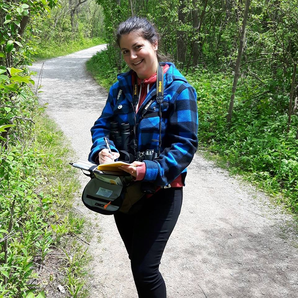 Meredith Meeker, B.A.S. is a Biologist and has been working at Cole Engineering Group Ltd. (COLE) for the last three years. She specializes in wildlife monitoring, including breeding birds, species at risk bat habitat and calling amphibians. Her favourite project at COLE has been monitoring two very successful replacement Barn Swallow nesting structures in Townsend, Ontario. Meredith presented on the project at the Latornell Conservation Symposium this past November (2018). Prior to working at COLE, she worked in Wildlife Rehabilitation and graduated from Niagara College's Ecosystem Restoration Graduate Certificate. In her spare time, Meredith loves birding and trying her hand at wildlife photography.
1 Comment
By Samantha Davies It became clear during my undergraduate years as an Environmental Studies major that Mother Nature would need all the help she could get. It seemed straightforward – we need a healthy environment for the economy to exist. While the loss of biodiversity is a serious threat to our natural ecosystems, you would think that this means tons of careers and opportunities available within the environmental sector, right? When the job hunt began after graduation, I had to switch gears from searching for an environmental-related job and instead jumped on the opportunity that fell on my lap. I started at a financial technology company called XE.com as a Digital Marketer. This was completely new and outside of my realm of expertise. Since then I have learned a tremendous amount of transferable skills. These skills are in demand by the digital-age, which has no signs of slowing down. Luckily, XE already encouraged sustainability practices around the office before I started a career there. Tapping into the green energy grid with over 10 years of supporting Bullfrog Power and setting up a local compost service through WasteNot Farms has made me proud to work for a business whose main purpose is not related to the natural environment. That made all the difference to me especially because I did not want my passion and previous education to go to waste. Through organizing a litter clean up with my co-workers to introducing a straw-ban within the office (inspired by this hilarious “stop sucking” video by Buzzfeed), I am proud that the people I work with are so receptive to green ideas and initiatives. The best part about being a sustainability leader is that we can make an impact through our actions no matter where we end up in our career. I recommend that in whatever industry you end up landing a career in, don’t be afraid to be your true, eco-nerdy self. One valuable lesson I have learned over the years is that people generally follow by example. Biodiversity and sustainability go hand-in-hand together– the more diverse an ecosystem the more sustainable and resilient it becomes. Celebrate your diversity within a setting that may not seem supportive at first because by showing your true colours, you will eventually make a positive impact wherever you end up. If you have questions, feel inspired, or want to simply drop me a note, feel free to reach me at my email. Stay green and humble my friends!  Sam is an Environmental Studies graduate who believes in the power of diversity, believing that good ideas come to life through collaboration and positive energy. She is passionate about changing everyday behaviours that lead to more fulfilling and less wasteful lifestyles. From leading her “Litter Loner” series where she inspires others to pick up litter to becoming an avid digital marketer, Sam continues to make a positive impact wherever she goes! You can find her on Instagram @thrugreeneyes. |
ELB MembersBlogs are written by ELB members who want to share their stories about Ontario's biodiversity. Archives
January 2023
Categories
All
|

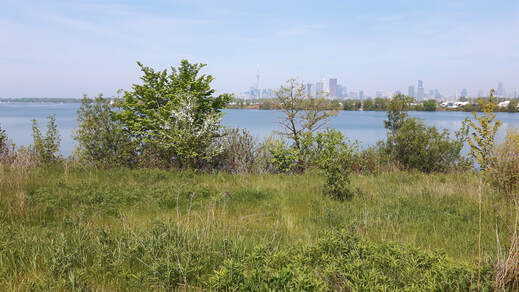
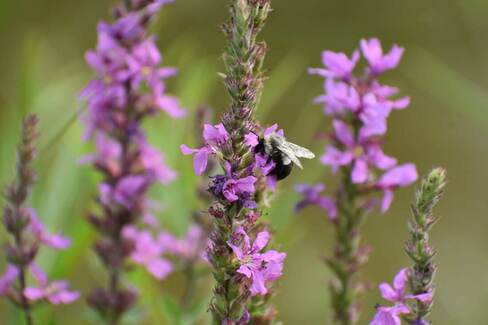
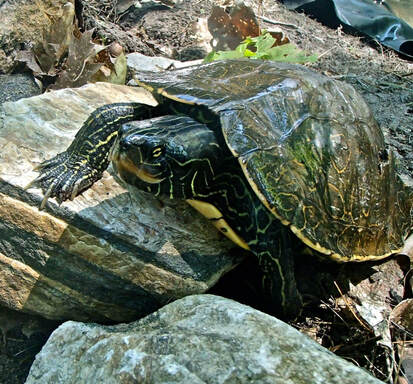
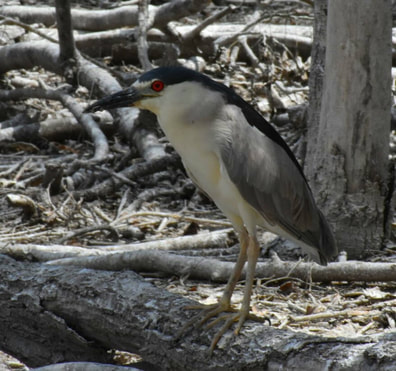
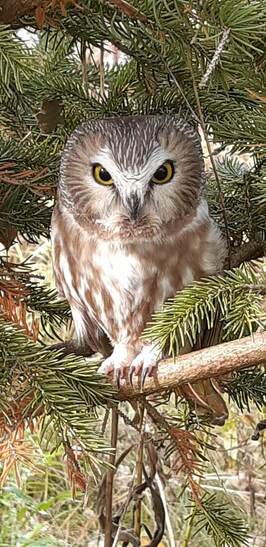

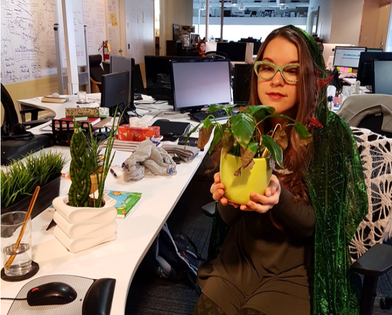
 RSS Feed
RSS Feed